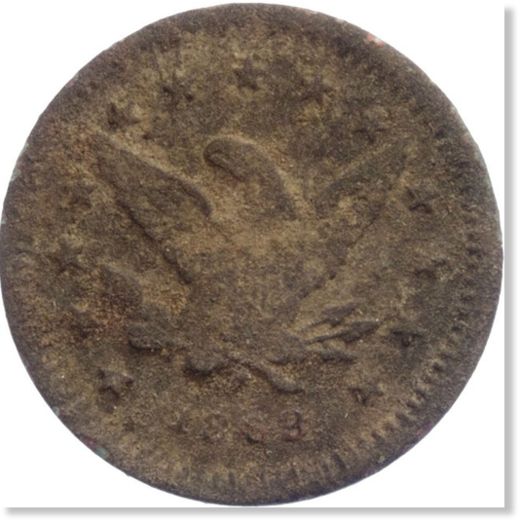
© Pioneer Press: Richard MarshallArchaeologist technician John Terrell of St. Paul Park sifts through pebbles on his screen at a dig on the site of a 19th century saloon and cigar factory in Hastings on Monday, Aug. 15, 2011.
A crew dug in the dirt near the site of the new U.S. 61 Bridge in Hastings this week - and they weren't construction workers.
With the High Bridge and City Hall as backdrops, a team of archaeologists and their assistants huddled around a shallow trench off U.S. 61/Vermillion Street, analyzing and sifting through soil for historical artifacts.
The excavation by Two Pines Resource Group began Aug. 7, shortly after a bridge crew tore up a frontage road between Second and Third streets and uncovered pieces of Hastings' buried past.
The 10-day dig, required because federal money is being used for the new bridge, focused around mid-1870s limestone footings from a Third Street saloon and a separate grocery store that fronted Vermillion Street. The work wrapped up Tuesday.
Not surprisingly, said Michelle Terrell, co-owner of Two Pines, the crew unearthed lots of saloon artifacts - pieces of clay smoking pipes, mineral-water bottle fragments and stemware fragments from serving glasses - as well as stoneware crockery and animal bones presumably from the grocery store and an adjacent meat market.
"It's kind of a fluke of history that when these buildings were taken down, the road protected them," said Terrell, who wore a baseball hat that read, "Play in the dirt."


